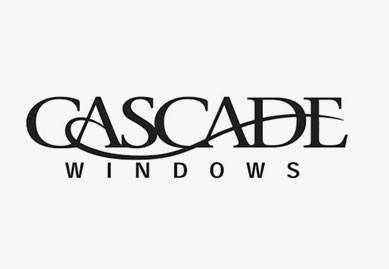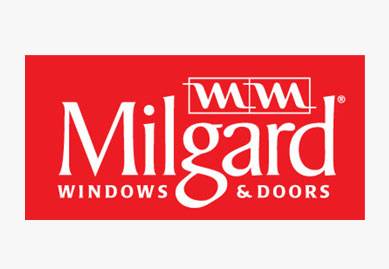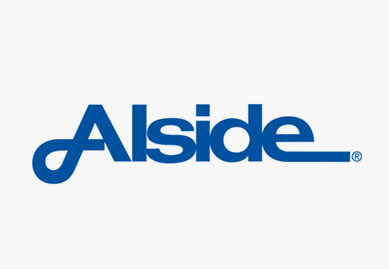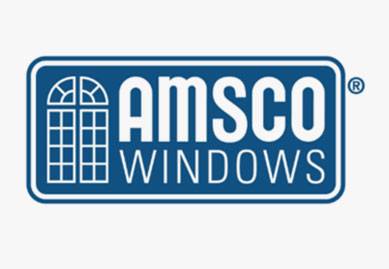Masonite Siding Lifespan: How Long Does It Last and How to Extend It?
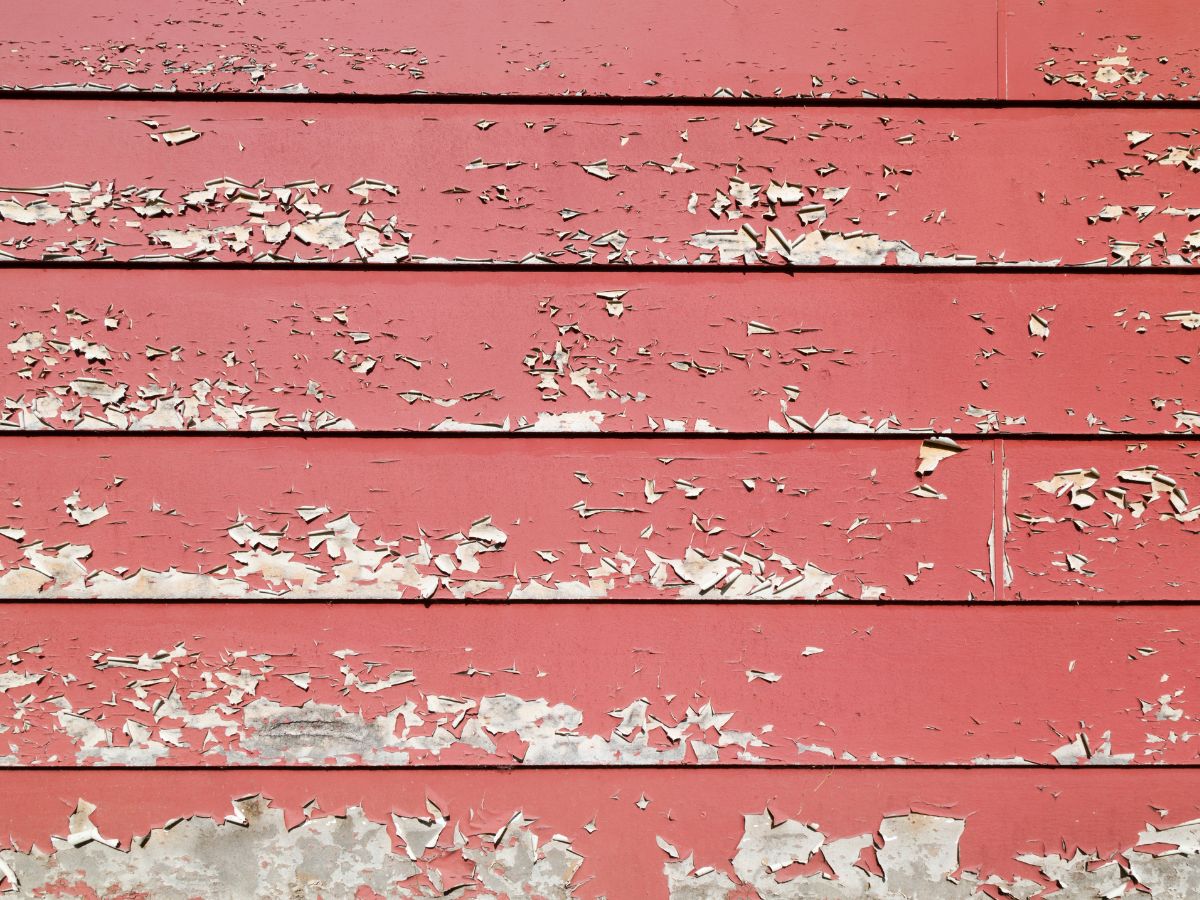
If you have Masonite siding on your home, you might be wondering how long it will last. Masonite is affordable and looks good, but it doesn’t always last as long as we’d like. In California, where our homes are a big part of our lives, keeping our siding in good shape is important.
The great news is that you can make Masonite last longer. In this article, we’ll talk about how long Masonite siding usually lasts and give you some easy tips to help it last longer, keeping your home looking great.
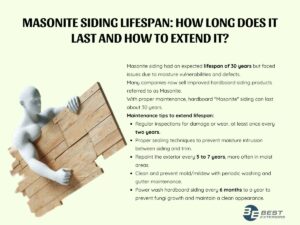
Overview of Masonite Siding
Masonite siding was first introduced in 1924 by a guy named William Mason. Mr. Mason designed this product as an alternative to the real wood siding that was popular at the time. It was supposed to have lower cost and lower maintenance than wood, and in fact it did that.
Masonite siding began to spread and was used widely across the country. The siding has better durability than wood and lasts a lot longer. This type of siding is also known as hardboard, and it was made using the template of engineered wood. The main components are wood, fibers, and resin; and they are steam-cooked and then pressure molded.
Average Lifespan of Masonite Siding
In a perfect world, Masonite siding was expected to last about 30 years. Unfortunately, the product itself started to see a lot of issues. It had unforeseen vulnerabilities to moisture and was manufactured with many defects.
Even a lawsuit was taken out against Masonite because the siding could not withstand normal weather conditions. Eventually the main manufacturer of Masonite shut down operations.
However, many different siding companies have improved and fixed a lot of the defects and continue to sell hardboard siding. Meaning that even though Masonite siding is not in production today, many similar products in terms of hardboard siding are manufactured, and the industry refers to the hardboard as Masonite.
Thankfully, a lot of the issues causing Masonite to shut down were corrected, so now if there are no unsolved moisture leaks or unrepaired rot, your hardboard “Masonite” siding should last about 30 years with proper maintenance.
Common Issues with Masonite Siding Over Time
In my experience working with both original Masonite and its newer hardboard versions in California homes, I’ve seen a few common problems that tend to arise over time. Here’s what you should look out for:
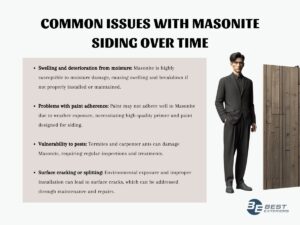
Swelling and deterioration from moisture
Moisture is the number one enemy of Masonite siding. When it gets wet, it tends to swell and can start to break down. This is especially true if the siding wasn’t installed correctly, leaving gaps for water to seep in. Regular checks for any signs of moisture damage are crucial.
The University of Massachusetts Amherst’s Building and Construction Technology program provides valuable insights on preventing moisture intrusion, which is directly applicable to siding care.
Problems with paint adherence
Masonite siding can sometimes have issues with paint sticking to it. The primer that comes with Masonite siding does not always last long. This is often due to exposure to the elements, which can wear down the surface, making it hard for paint to adhere properly.
A good quality primer and paint, specifically designed for siding, can help mitigate this issue. Check out this resource from This Old House for more information on painting exterior siding.
Vulnerability to pests or insects
Like many wood-based products, Masonite can be vulnerable to pests and insects. Termites and carpenter ants, in particular, can cause damage.
Regular inspections and treatments can help protect your siding from these pests. The California Department of Pesticide Regulation offers guidance on termite control, which is relevant for siding protection.
Surface cracking or splitting
Over time, Masonite siding may develop surface cracks or splits, often due to environmental exposure. This can be exacerbated by improper installation, which doesn’t allow for the natural expansion and contraction of the material.
Regular maintenance, including filling any cracks and repainting, can help mitigate these issues. For more on dealing with these problems, Family Handyman has practical advice. Being aware of these issues and addressing them promptly can greatly extend the life of your Masonite siding, keeping your home safe and looking its best.
Pro Tip / Key TakeawaysWhen power-washing, make sure not to have too much PSI as you don’t want to accidentally peel or make holes in your paint. |
Maintenance Tips to Extend Masonite Siding Lifespan
To extend your Masonite’s lifespan, you need proper maintenance. I repeat this because of how relevant it is. The root cause of all of these different problems is always tied to water. Swelling is the result of the material soaking up water from areas where the paint or caulking has failed.
Dry rot is the result of fungi growing from moisture that has penetrated the siding and is eating/growing off of the parts of wood which give it its strong and stiff qualities. Insects are naturally attracted to dark, MOIST environments and love to breed in these areas.
Finally, warping and buckling is just a different form of swelling. It results from water soaking the siding and then the sun drying it out.
This process continues to repeat itself until it changes the original shape and structure of the Masonite (causing it to warp and buckle). All of these issues can be avoided if you properly maintain your siding in the following way.
Regular inspections for signs of damage or wear
Make sure to complete a regular inspection for water damage at least once in two years (yearly is better). If you can catch an issue before it spreads, then you will save yourself lots of headache and finances in the future. If the issue you find is bigger than you expected, this is also a positive in the long run.
Yes, it is annoying to deal with in the beginning. However, if a significant problem was already fully developed in terms of rot for example, then chances are your structural frame of your home could be in grave danger of collapsing at any moment. So finding and fixing the problem sooner than later is always in your best interest.
Proper sealing techniques to prevent moisture intrusion
Make sure that all areas where the siding meets the trim are completely sealed. This means going through and checking for cracks or holes that can be leaking water in between the siding and trim.
If water is penetrating then eventually the moisture will start to cause any of the problems mentioned above which can be prevented by finding these holes and cracks and sealing them with some caulking or paint.
Recommendations for paint types and repainting frequency
Paint the exterior of your home at least every 5 to 7 years (depending on the moisture and sun levels in the city you live in, you may need to paint more often. For example, Pacifica or South San Francisco are very moist areas that consistently have a lot of rain and fog.
These places are extremely susceptible to issues above if not extremely aware of the condition of your siding and paint.) We say this because paint is your first and important layer of defense when it comes to waterproofing on Masonite siding, and knowing Masonite, its biggest flaw is its susceptibility to any type of water damage
Tips for cleaning and preventing mold or mildew
Wash your siding. If you see areas that are developing stains, then take some soap water and a towel/car sponge and gently wash the stains.
Also, clean your gutters. When the drainage system is packed with sticks and leaves, it not only scratches and marks your siding; but when it rains, the water overflows and goes into any of these scratches or marks.
Finally, we recommend having your hardboard siding power washed anywhere from every 6 months to a year. This not only prevents fungi that may be growing on your exterior, but also gives your home a clean, fresh look.
When to Replace Masonite Siding vs Repairing It?
Unfortunately, not everyone is knowledgeable enough to know when to replace or repair their Masonite siding. We only recommend repairs when your siding is up to 15% damaged.
In the case that the damage exceeds that, it is your best bet not only financially, but also for safety, to plan to fully replace your siding.
This is because whether through lack of maintenance, poor installation, or just Father Time himself; more often than not, it has reduced or completely rotted your structural integrity of the frame. This is not only a concern for your family, but in the case of selling a home, you will not pass inspection with structural concerns.
If someone is considering replacing existing Masonite siding then I would strongly recommend researching other materials. Yes, Masonite is a better alternative than most wood siding, but unless specifically needed, there are better options in terms of durability and warranty.
We also recommend calculating a future cost of maintenance (Up to 10 years). Once the numbers are in, you can make a decision.
If the cost of repairs exceeds 20% of the full siding replacement cost, we recommend replacing over repair. Not only will you have a brand new siding with a completely new look, but you will have solved the root of all the issues your old siding has been causing you.
I know a lot of people like numbers, so here is a realistic example for the average homeowner in California. In the current economy, the replacement of the siding is an investment of $50,000, and the repair of the siding is over $10,000.
You can expect that in the next five year cycle another repair would be necessary. You can add 10k-12k dollars, and your total cost of repairs (for the 5 year period) will be around $25,000. That is already half of the cost of the new siding.
Also, keep in mind that with full siding replacement the value of your home will increase (the brand new look and the significantly increased energy-efficiency).
All of the underlying problems will be taken care of before the siding is fully replaced. On the opposite side of the fence, basic repairs won’t and don’t increase the value of the home.
In conclusion, Masonite siding is capable of lasting a long time if taken care of properly. However, once issues begin to arise, make sure to take care of them as quickly as possible. If the issues are beyond repair, then please be sure to contact your trusted licensed professional.
Conclusion
To recap, it is important to understand that in today’s world Masonite siding is not the best option. Of course if you already had it newly installed, I am not going to tell you to rip it off and start from scratch because it isn’t the best choice.
Hardboard siding can last your family if you consistently inspect, clean, paint, and reseal your siding. Also, make sure to take care of any minor repairs or issues before they become an unsalvageable problem.
At the end of the day, it is your home. If you don’t mind putting in extra effort and like the way your siding looks, then Masonite siding will serve your home just fine.
FAQs – Masonite Siding Lifespan
-
What should I replace my Masonite with? The most popular and recommended siding product on the market is Fiber-cement siding
-
Can I put Vinyl siding over Masonite? NO! Please never put any type of siding over Masonite. Because of its susceptibility to water, it is not durable and will cause problems for your new siding because of how easy Masonite can be compromised.
-
When did Masonite Corp officially stop producing hardboard siding? March 2001



 all communications are private and not shared with other parties.
all communications are private and not shared with other parties.
